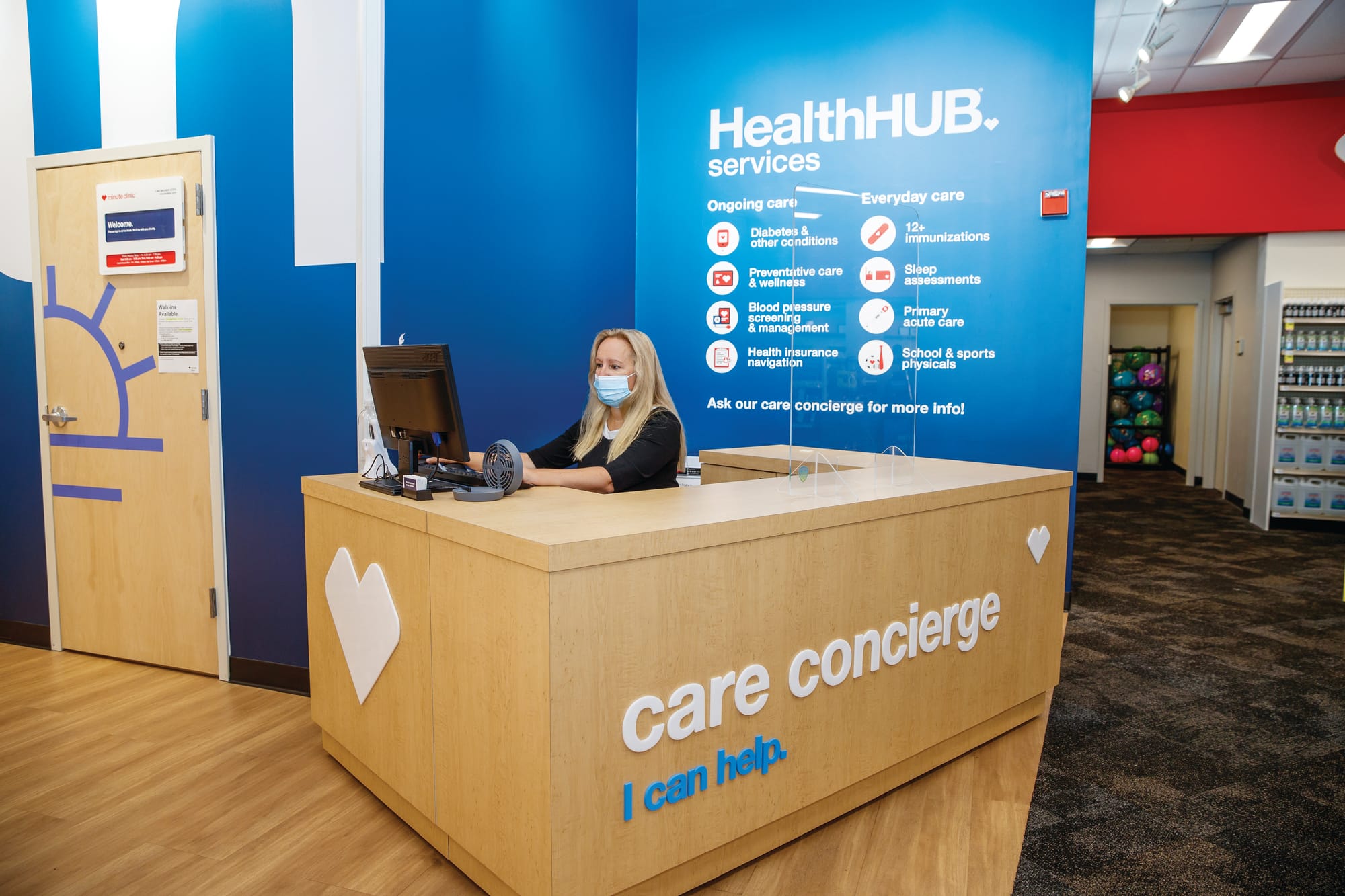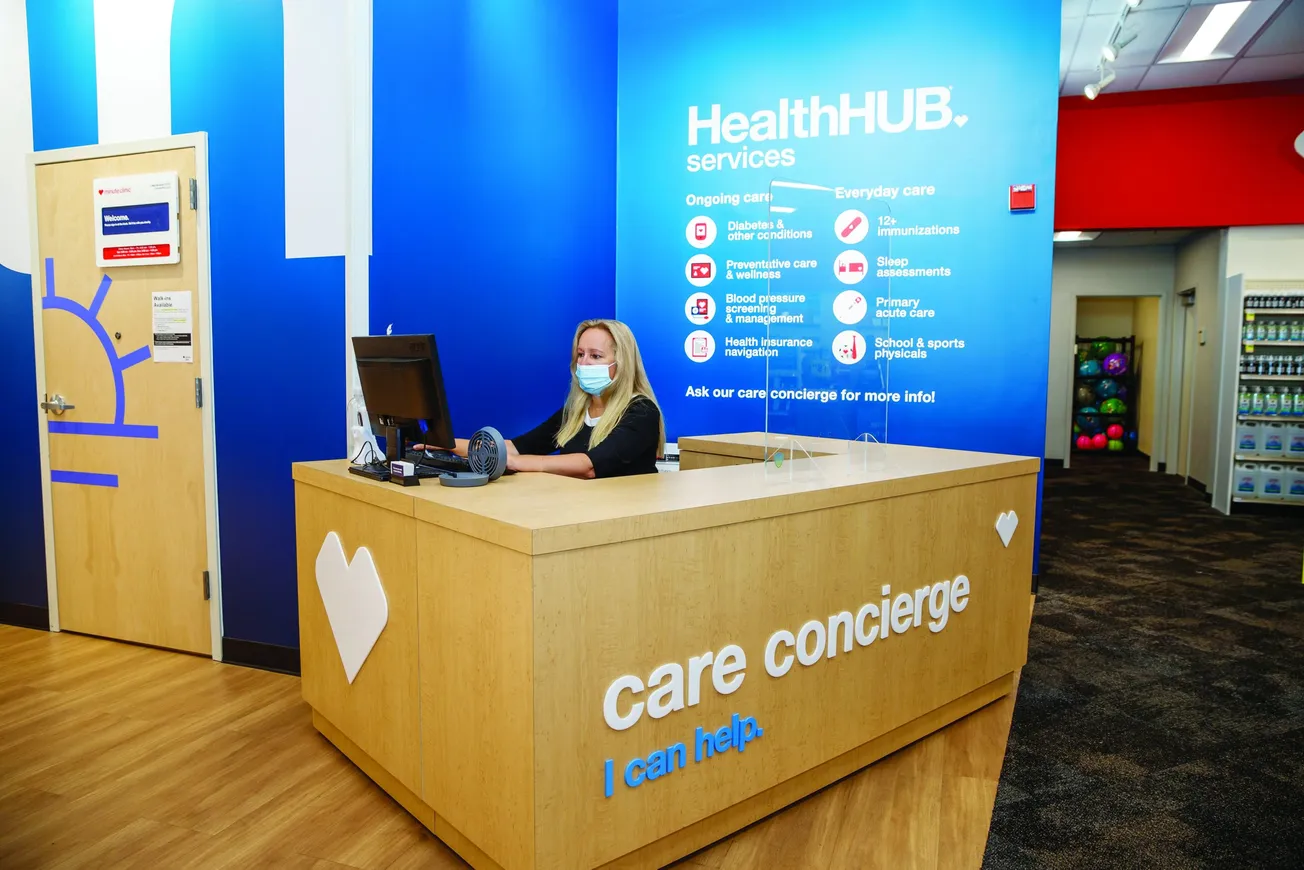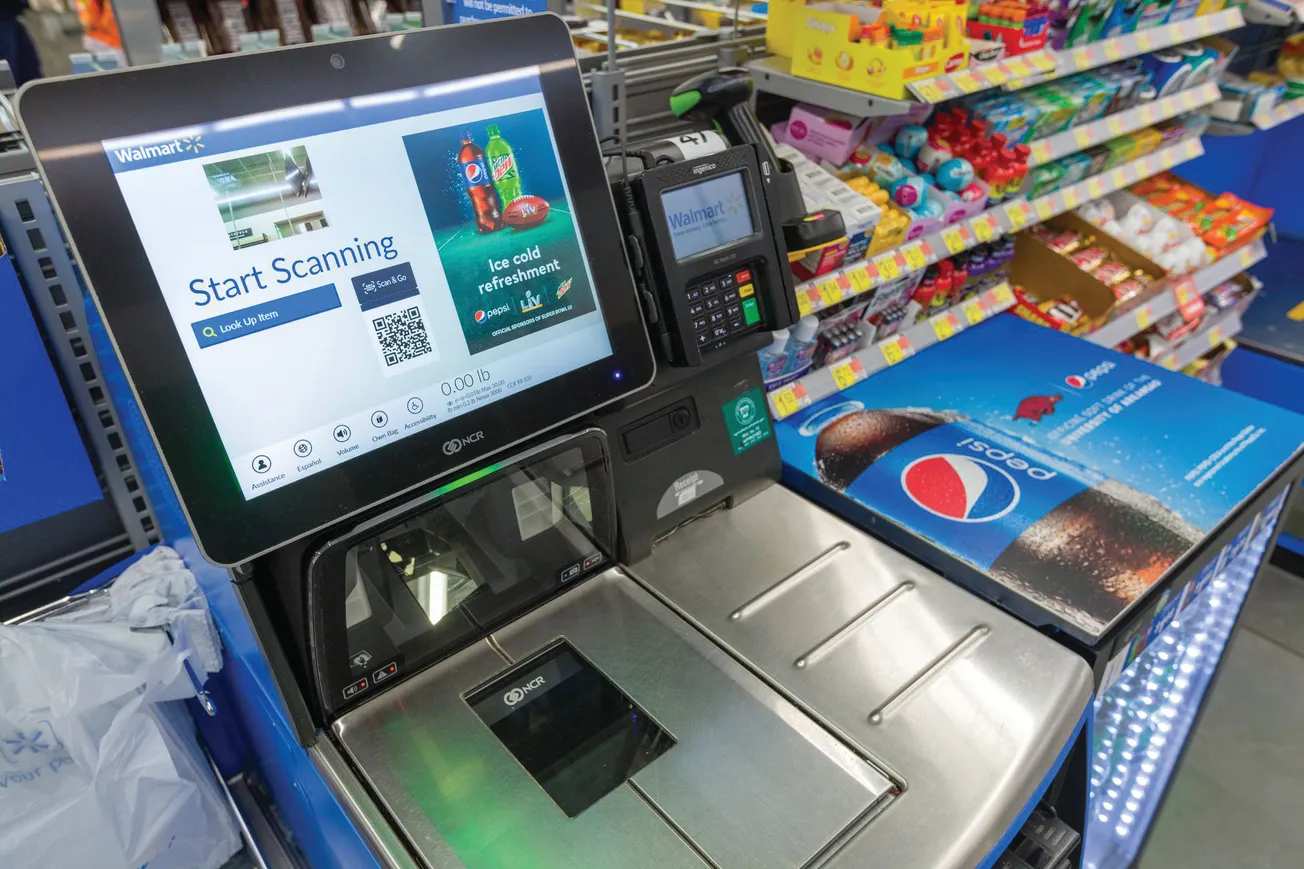Imagine you could walk into any drug store retailer and not only get your regular prescriptions refilled but access primary care, meet with experts that can coordinate your health care and get connected with the right doctors? Now imagine this retailer serves the whole family, so group health care plans are personalized and optimized for specific family needs, cutting out the time and inconvenience of setting up appointments and visiting multiple health care providers. Although it may sound too good to be true, this situation may not be far from becoming a reality.

Deborah Weinswig
Amid a lack of affordable health care and a growing shortage of physicians in the U.S., major U.S. drug stores are significantly increasing their investments in health care services to provide patients with primary care and in-home medical services. The Association of American Medical Colleges projects a primary care physician shortage of 21,400 to 55,000 by 2033. Once non-primary care physicians are included, it projects the shortfall to be as high as 139,000, and if underserved populations were to access consumer health care at the same rates as those with fewer access barriers, the shortfall could total as much as 145,000.
To tackle this impending challenge and possibly ease some of the pressures on the U.S. health care system, major drug store retailers are increasingly diversifying into health care with expansive offerings, ramping up their focus on in-home medical services and primary care services.
Acquisitions can be strategic for companies looking to rapidly expand their market share and gain new capabilities, or can offer access to new markets that would be challenging or time consuming to penetrate through organic growth. Below, we outline how CVS Health and Walgreens Boots Alliance (WBA) have deployed acquisitive strategies to swiftly expand and consumerize their health care offerings.
CVS’ vertically integrated health care delivery system
Since CVS acquired insurer Aetna for $69 billion in 2018, it has been moving to become a vertically integrated health care delivery provider. In pursuit of this strategy, the company is working on capability-focused capital deployment centered on value-based affordable care.
This February, CVS announced that it was in the process of a $10.6 billion purchase of Oak Street Health, a network of primary care centers for older adults. In doing so, the company aims to combine Oak Street Health’s clinic footprint and patient base with CVS’ pharmacy and pharmacy-related products. According to CVS, the acquisition of Oak Street Health will also broaden its affordable care platform across 21 states and accelerate its long-term growth. Oak Street Health centers are located in areas where health care services are most needed: More than half of Oak Street Health’s patients have a risk factor for housing, food or isolation.

Since February 2020, CVS has been transforming selected retail stores into HealthHubs, which provide care for chronic conditions as well as filling prescriptions. Within those HealthHubs, the retailer has also launched MinuteClin0ics, which provide care for common illnesses.
Walgreens’ multispecialty consumer-centric health care delivery model
Walgreens, on the other hand, has been broadening its business beyond pharmacies into more consumer-centric health care, and has acquired several companies to help it reach that goal.
In November 2022, VillageMD, owned by Walgreens, agreed to acquire Summit Health–CityMD a leading provider of primary, specialty and urgent care. Together, VillageMD and Summit Health–CityMD will have more than 680 provider locations in 26 markets in the U.S. The combination of VillageMD and Sum0mit Health–CityMD will create a multi-payor platform to deliver high-quality, affordable care for patients, and expand its reach into primary, specialty and urgent care, according to Walgreens.
In 2021, Walgreens invested $5.2 billion in VillageMD and announced plans to open at least 600 Village Medical at Walgreens primary care practices across the country by 2025, and 1,000 by 2027. In October 2021, Walgreens became the majority owner of VillageMD. The deal was thus a step toward transforming neighborhood Walgreens drug stores into medical facilities with practitioners who can treat patients, issue prescriptions and increase foot traffic to Walgreens’ retail stores. More than half of the clinics are planned to be located in medically underserved areas and areas with health professional shortages.
According to the companies, approximately 85% of the U.S. population is located within 10 miles of a CVS store, and 75% within 10 miles of a Walgreens store, making it easy for patients to access a local health center. According to the Centers for Disease Control and Prevention (CDC), five chronic conditions — diabetes, hypertension, cardiac disease, asthma and depression — account for 80% of the U.S.’ annual medical costs, and half of adult Americans suffer from one or more of these conditions.
CVS and Walgreens’ health care clinics can help more people access preventive care, medication, counselling and other chronic condition management services between doctor visits. This in turn could generate a virtuous cycle across the health care sector, as care at the clinics combined with filling of prescriptions at drug stores provides more comprehensive services to customers.
CVS and Walgreens move further into benefits management and home health care
In September 2022, CVS announced its acquisition of 0health care platform Signify Health, which leverages advanced analytics, technology and nationwide health care provider networks. Signify Health brings a market-leading in-home health business as well as a rapidly expanding physician enablement business, and its capabilities will allow CVS to expand into the home and accelerate value-based affordable care.
Similarly, in October 2022, Walgreens announced plans to take full ownership of CareCentrix to push forward its health care strategy. CareCentrix, which offers home-based health management services, is a market leader in the $75 billion post-acute and home care sector. Walgreens has accelerated its acquisition of the company, and is now expecting to fully acquire it by the end of the second quarter of fiscal 2023, following its acquisition of a 55% majority stake in the company on August 31, 2022. With this acquisition, Walgreens will expand its reach into the growing home care sector and advance its long-term growth strategy, according to the company.
Consolidating leadership in pharmacy home delivery
Alongside their existing strength in their core pharmacy segment, CVS and Walgreens have both invested in specialty and home delivery pharmacy services. In January 2018, CVS acquired pharmacy delivery company Apothecary by Design, helping CVS expand its specialty pharmacy business. Apothecary by Design sells medications used to treat HIV/AIDS, hepatitis C, autoimmune disorders and a range of other illnesses and diseases. CVS operates Apothecary by Design’s Portland, Maine, facility and provides specialty pharmacy services to patients through its specialty pharmacy business, CVS Specialty.
In September 2022, Walgreens accelerated its full acquisition of Shields Health Solutions, a leader in integrated, health system-owned specialty pharmacy care in the U.S. Walgreens has entered into a definitive agreement to acquire the remaining 30% stake in Shields Health Solutions, having increased its stake to around 70% in September 2021.
Furthermore, in January 2022, Walgreens also fully acquired AllianceRx Walgreens Prime (now AllianceRx Walgreens Pharmacy), one of the largest specialty and home-delivery pharmacies in the U.S. Formed in 2017 through a joint venture between WBA (with a 55% stake) and pharmacy benefit manager Prime Therapeutics (with a 45% stake), the company offers tools and resources for patients, providers and health plans to deliver optimal health outcomes. AllianceRx Walgreens Prime manages several consolidated mail services and central specialty pharmacy operations for Walgreens.
The way ahead
Having established leadership in drug store retail as well as within health care, both CVS and Walgreens have been innovative in providing new ways to help consumers access health care without friction, such as by offering care providers with the right benefits and accessibility.
Through its VillageMD acquisition, for instance, Walgreens has focused on primary care services in medically underserved areas. Meanwhile, through its acquisition of Signify Health, CVS has demonstrated the value of uniting two complementary businesses to rapidly expand service offerings in an underserved sector, extending the reach and performance of its primary care services through Signify Health’s network of clinicians and provider tools and solutions.
Amid the current opportunity to ease pressures on the health care system, these two drug store retailers stand ready with the capital, proximity to consumers, geographic presence and now, with their recent acquisitions, multi-industry focus to kickstart a new era in the consumerization of health care.
Deborah Weinswig is founder and chief executive officer of Coresight Research.









